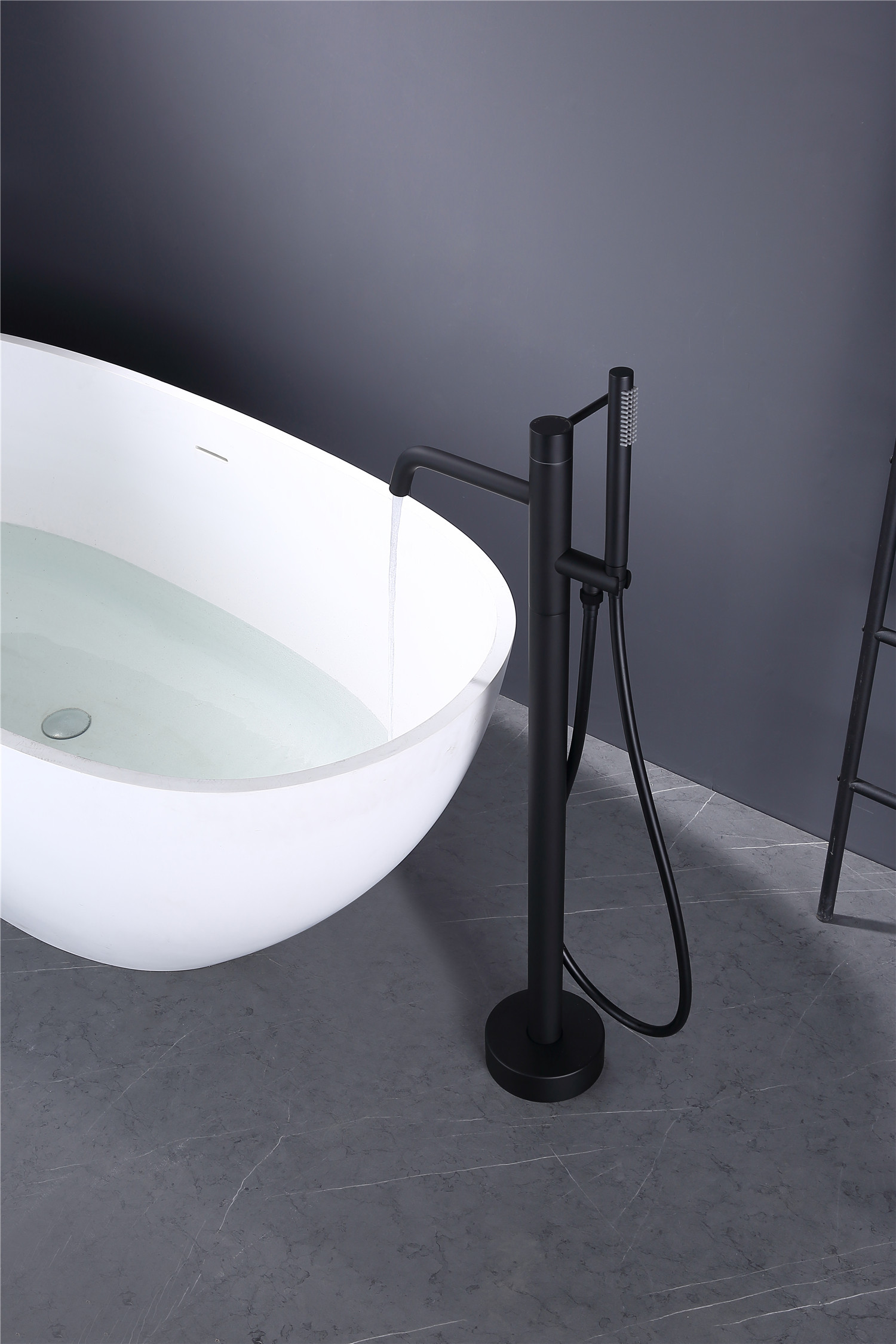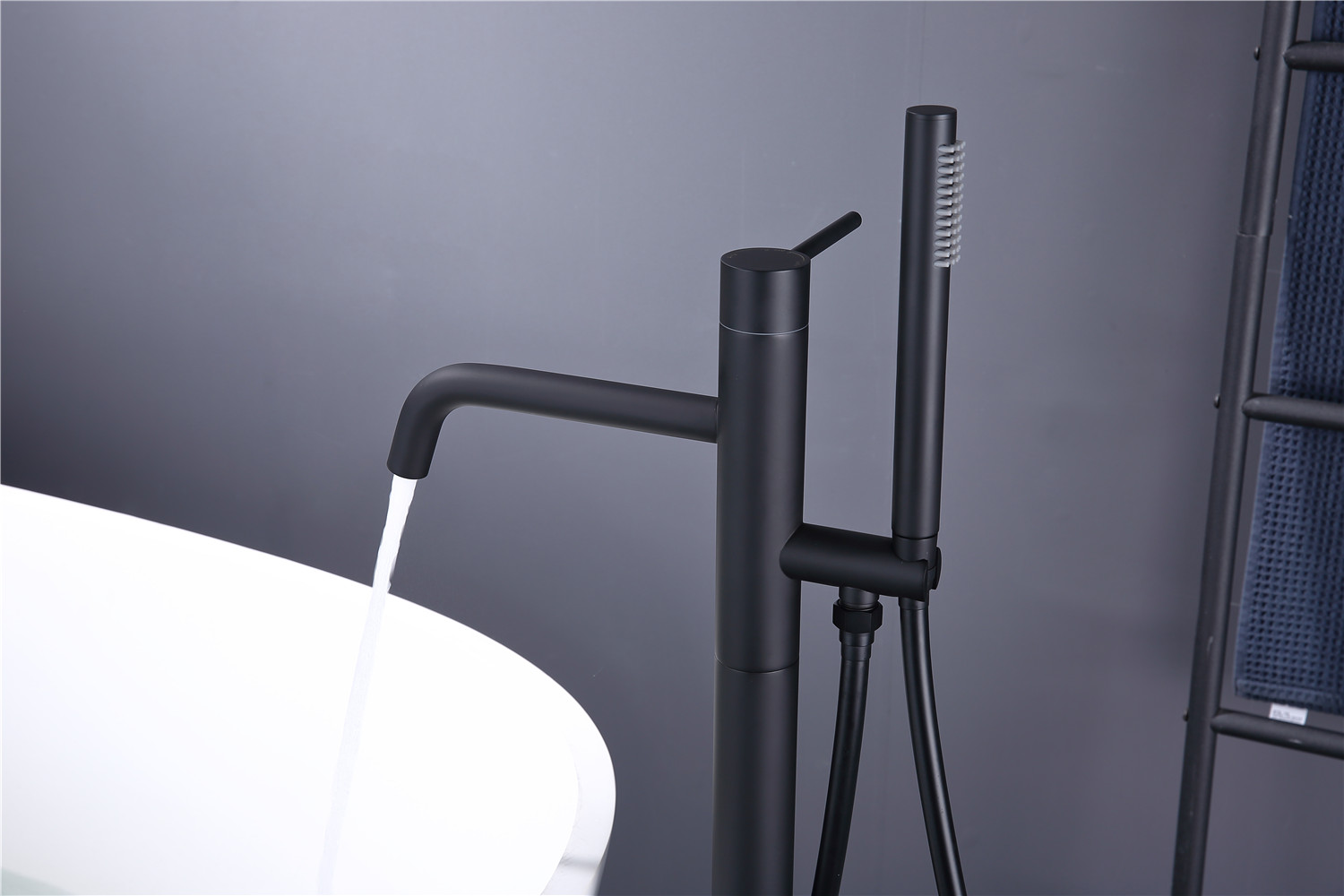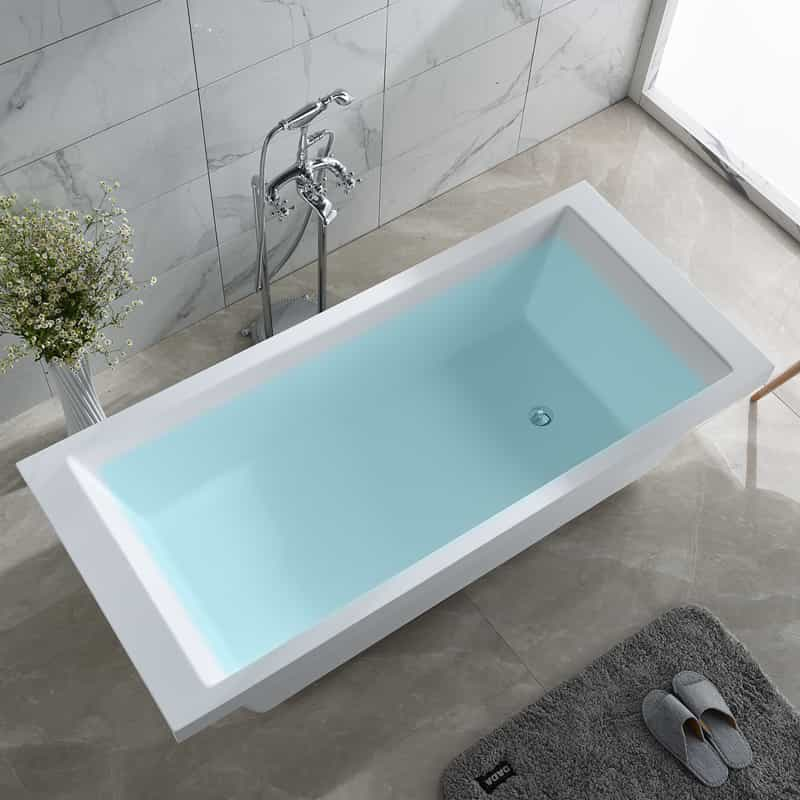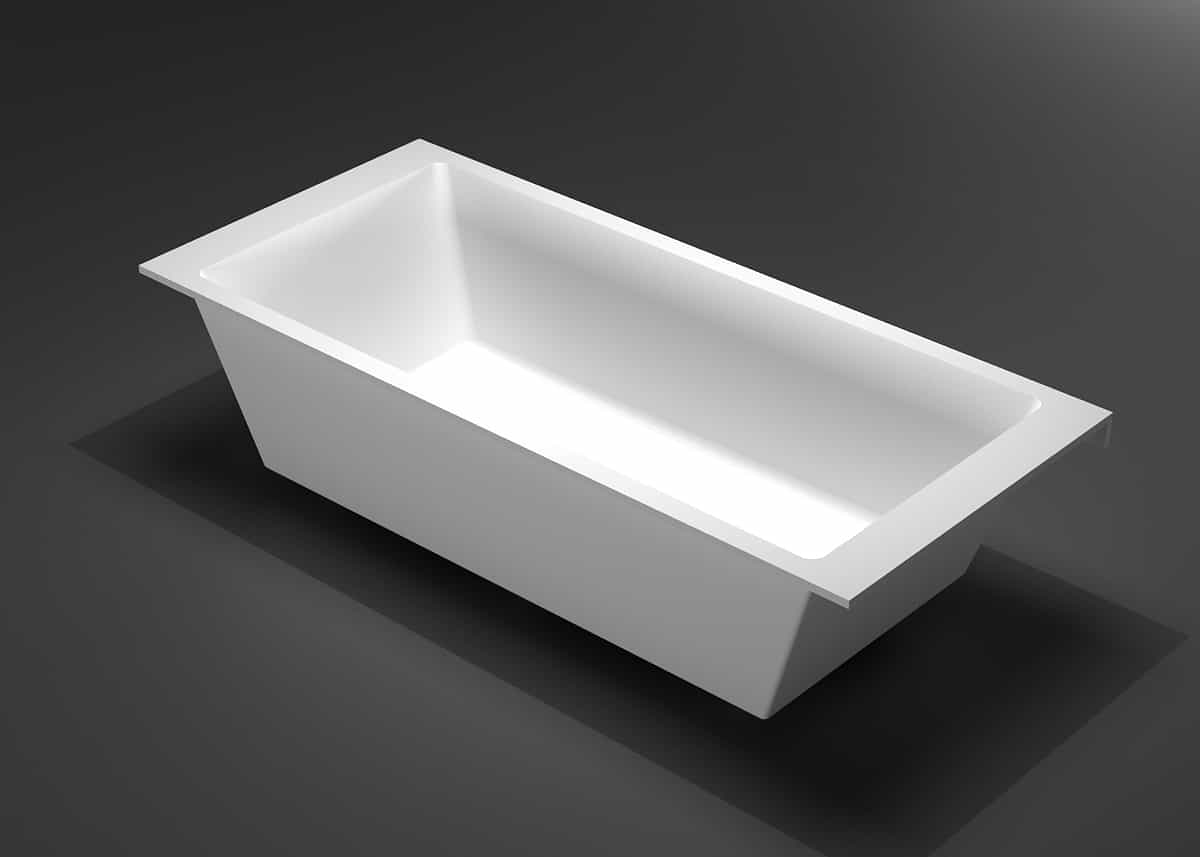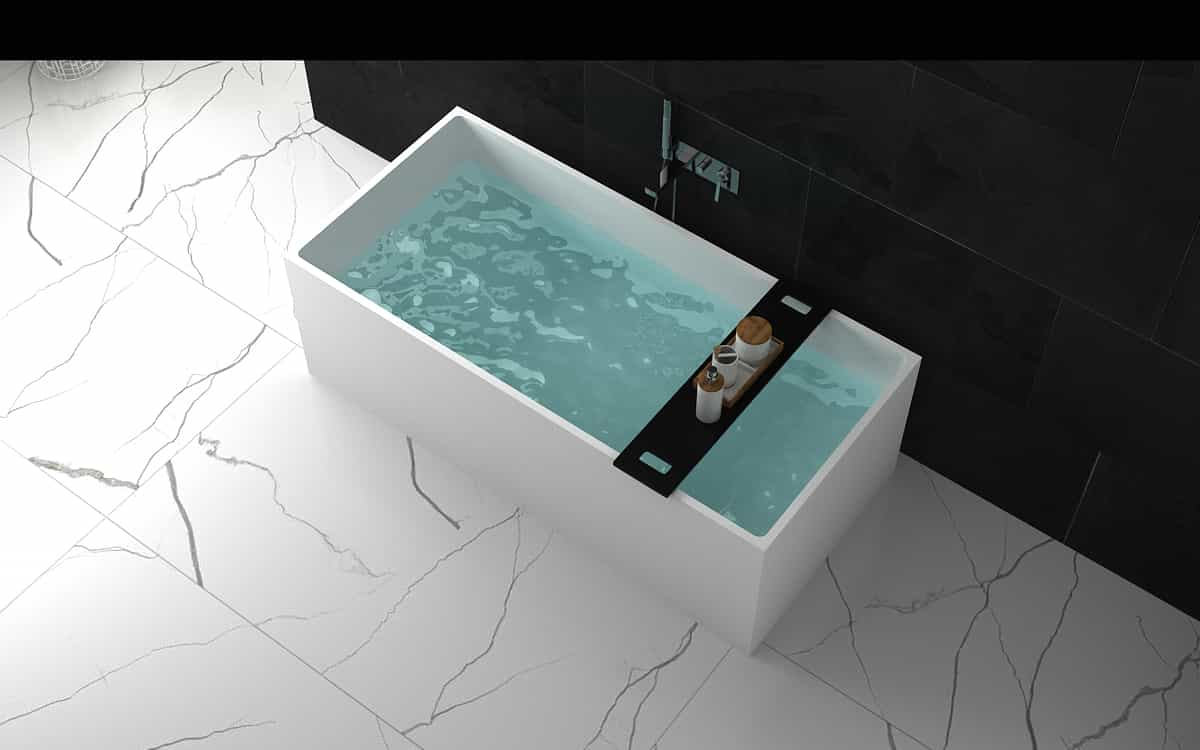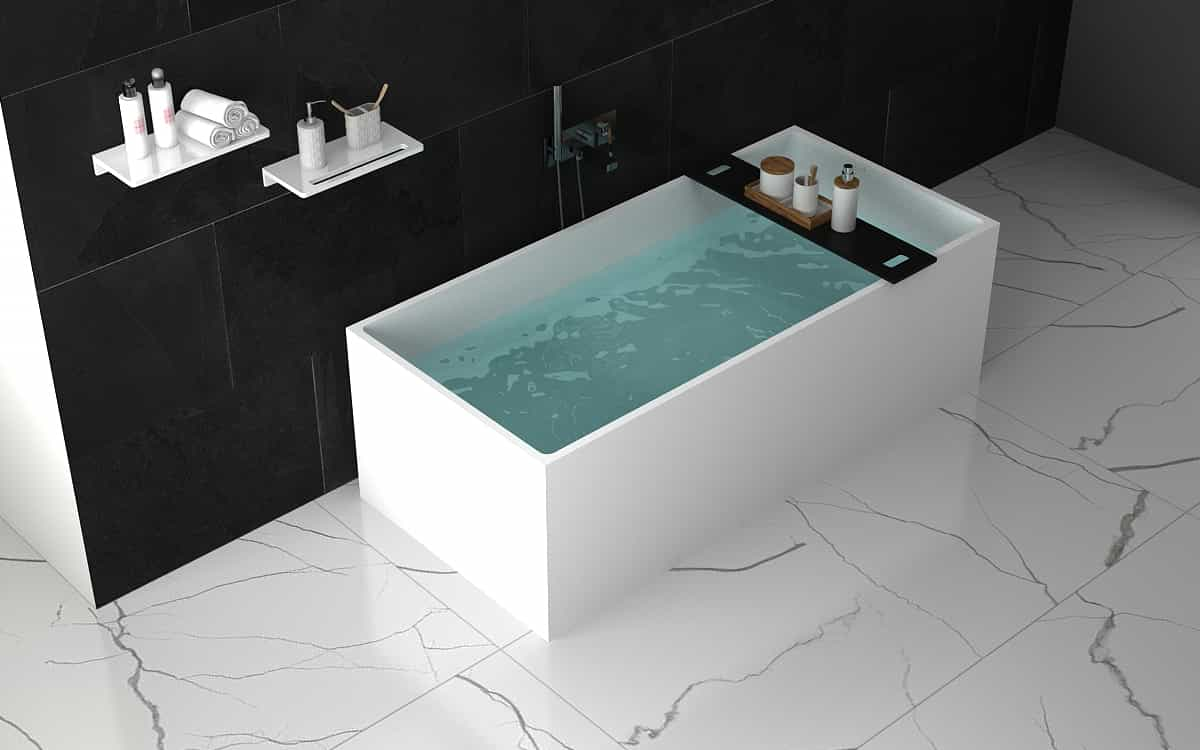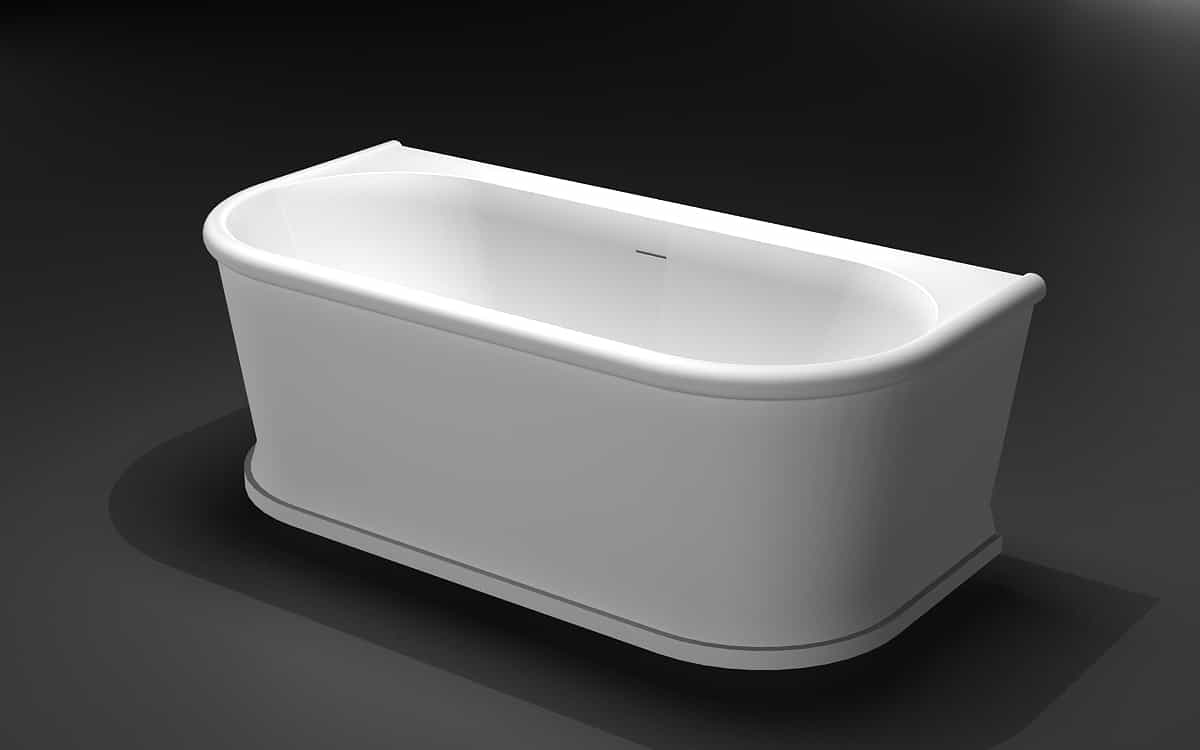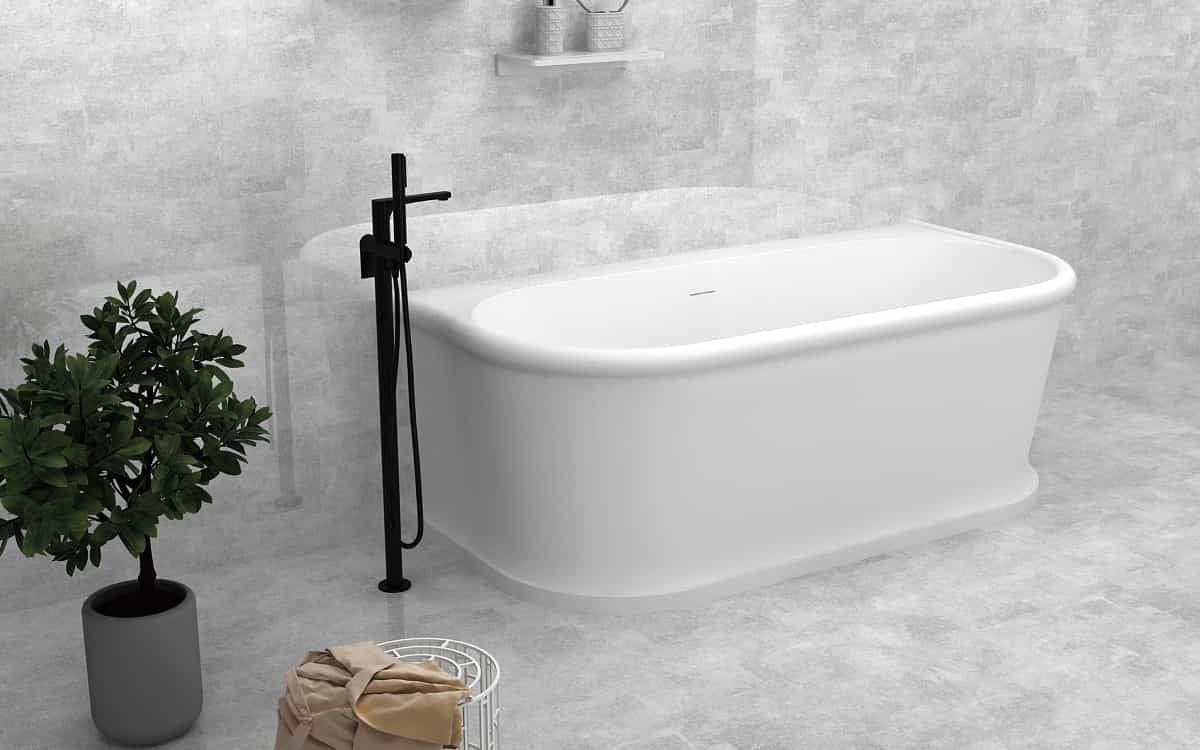
Wallpaper is currently a wall decoration method preferred by many homeowners, it can be very luxurious or very simple, plasticity is quite strong, so both luxury or simple decoration of the owners can choose at will. So before choosing wallpaper we may want to first understand the wall wallpaper grassroots treatment.
The grassroots treatment of different materials wall
Concrete and plaster surface treatment: wall grass-roots water content should not be greater than 8%. The grass-roots layer is solid, there shall be no alkali, drums, loose problems, alkali parts with 9% dilute acetic acid water solution for neutralization, and then rinse clean with water. Holes and cracks should be scraped with plaster (if the cracks are too big, white cloth should be applied first). Scrape the putty 2-3 times and sand smoothly after drying. Brush base film once.
Wood base surface treatment: the moisture content of wood base should be no more than 12%. The surface should be smooth, no dust, oil and other dirt. Paint with a thin brush once to prevent the wood fiber swelling in water. Wood surface nail cap, nail cap nail sunk in the wood table, point anti-rust paint. Use atomic ash to make up the joints, and after drying, use latex and water to mix putty and scrape 1-2 times all over.
Smooth with sandpaper and brush the base film on the surface once. Note: smooth, flat, absorbent wood surface, a thin brush of varnish on the surface can be glued to the wallpaper.
Treatment of gypsum board surface: use anti-rust paint point screw caps to prevent rusting. Use water with white latex to adjust the plaster, fill the seams and nail holes. After drying, put bandages on the joints. Scrape the putty 2-3 times, after drying, polish smooth and flat, and straighten the yin and Yang corners. Brush base film once.
Wallpaper grass-roots treatment
If the wallpaper wall for the rough wall, then the procedures for dealing with the same as the basic wall construction, except that the brush paint for wallpaper. That is, in the plaster layer on the brush interface agent, and then phi scraping 2-3 times putty leveling can be.
If the wall has been painted on the paint, you want to wallpaper on top.
In this case, you need to check the wall, and then according to the situation of the wall to deal with separately. If the original paint is relatively tight, no shedding, you can directly brush the base film on it, wallpaper; and if the paint is not stable, you need to eradicate the original paint, and then according to the procedures of the rough wall to deal with.
Wallpaper paving after a long time, there may be fading, staining, etc., some people think about replacing.
Generally speaking, replace wallpaper first need to tear down the old wallpaper, and then check the grass-roots level, to see if the need to further eradicate the putty layer, and then the general grass-roots treatment; however, if the original paving is a special purity of wallpaper, will be wet towels soaked in water on the wallpaper, more than ten minutes later, to see if there is a hollow drum phenomenon. If still can be directly paved wallpaper.
Wall top surface grass-roots treatment acceptance method
Wall treatment is to make the wall surface to achieve a flat, clean, dry without cracks, cavities, solid without floating dust. New buildings of concrete or plaster base wall before scraping putty should be coated with alkali-resistant sealer primer. Old walls should be cleared of the loose old decoration layer and painted with interface agent before framing.
The moisture content of the concrete or plaster base shall not be greater than 8%. Base layer putty shall be flat, firm, solid, without chalking, peeling and cracking The bond strength of the putty shall be in accordance with the regulations. The surface flatness, verticality, and squareness of the yin and Yang corners of the substrate shall meet the requirements of advanced plastering. The color of the substrate surface shall be consistent.







